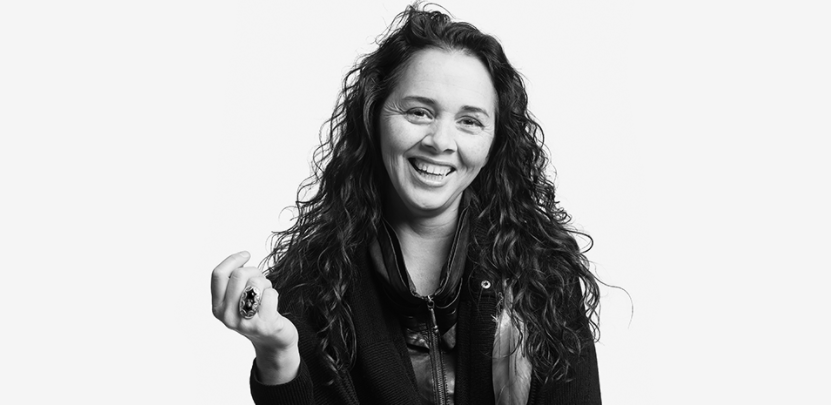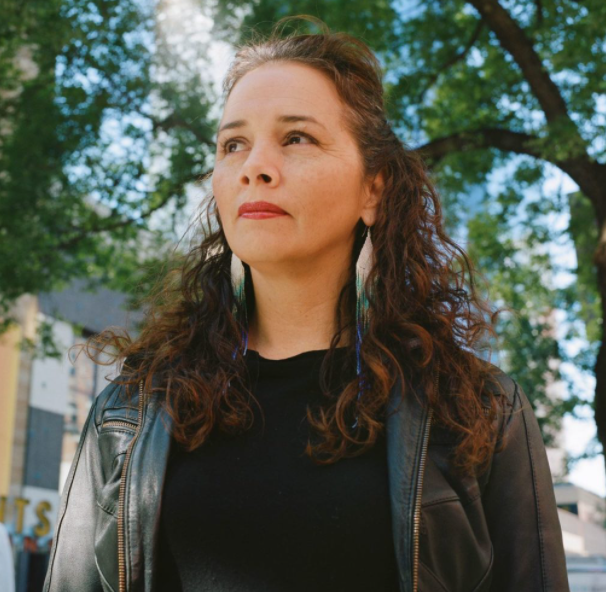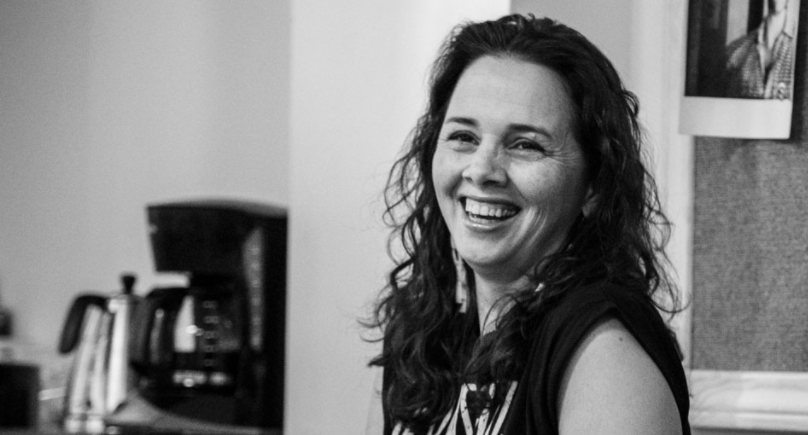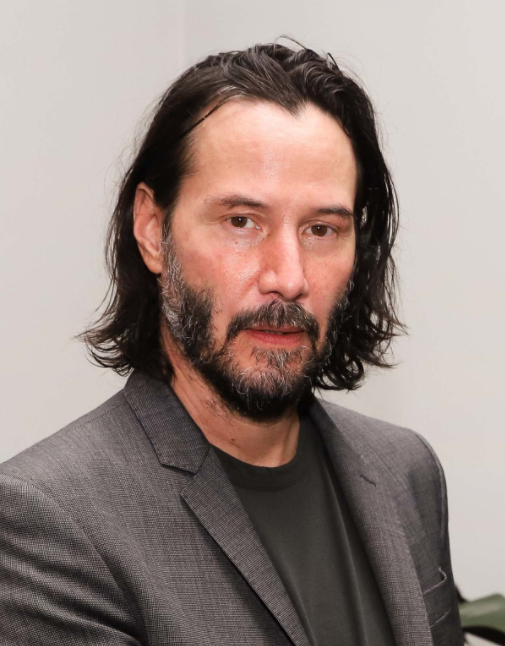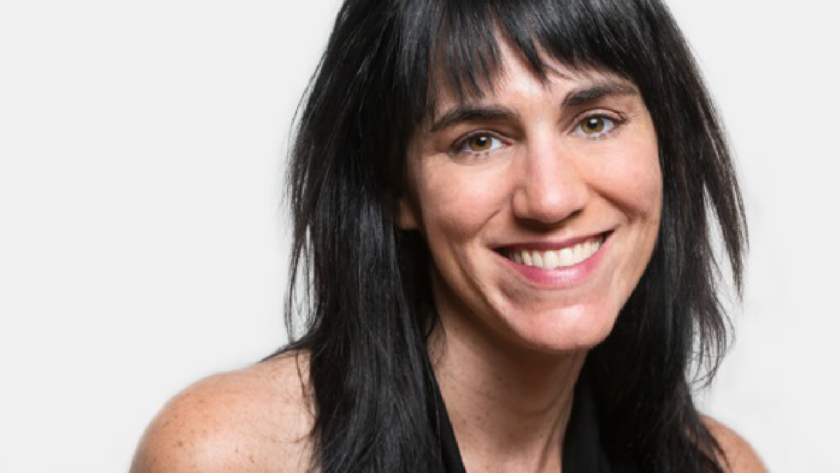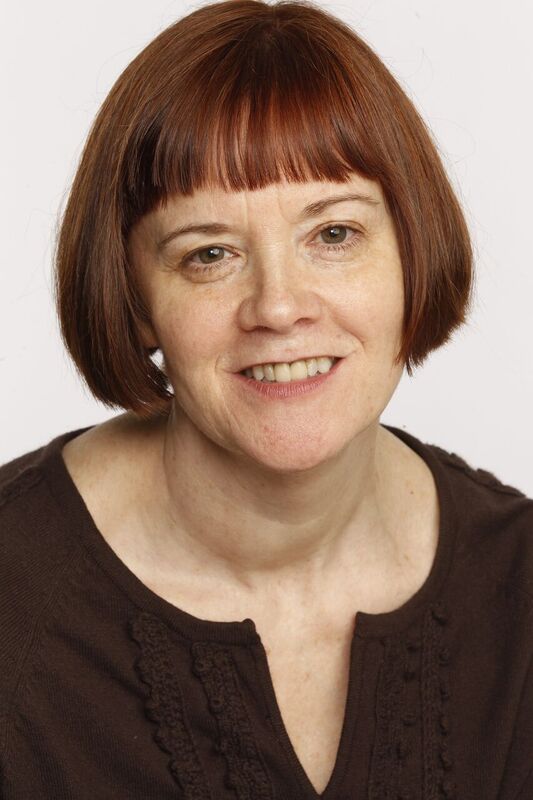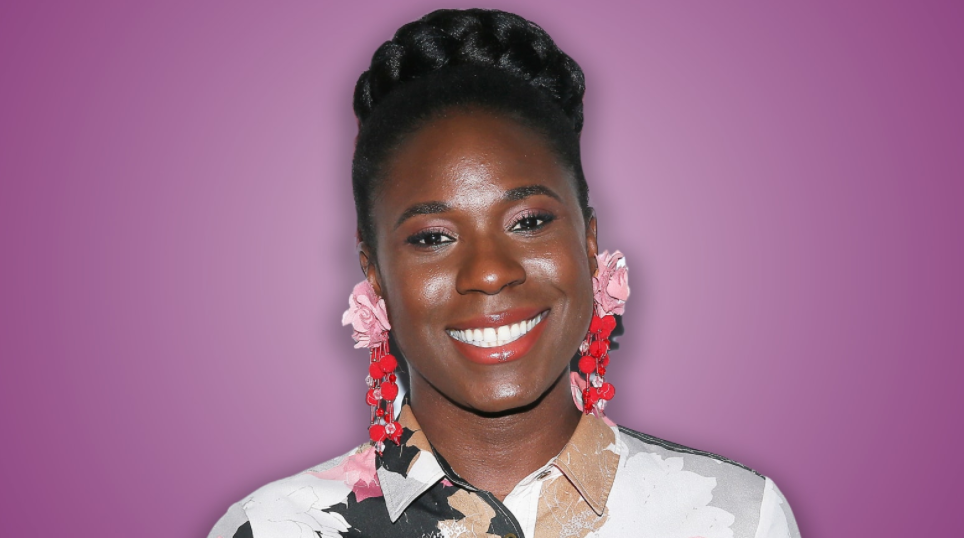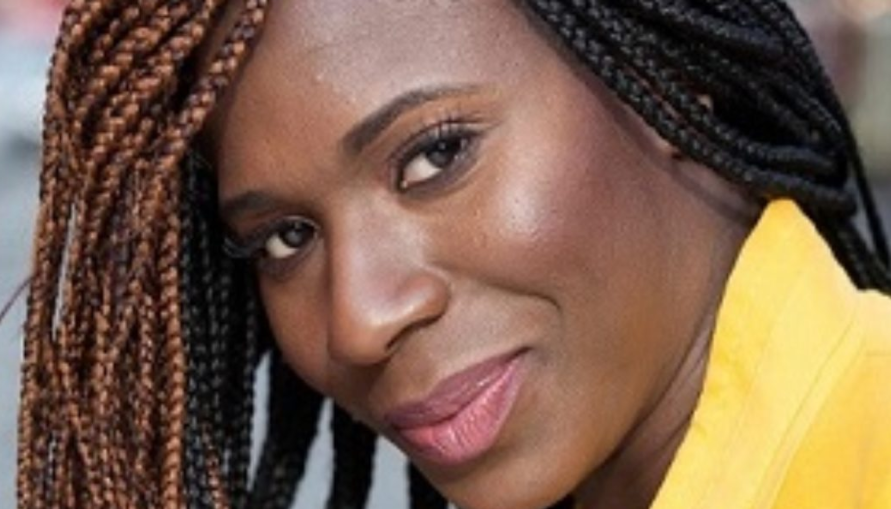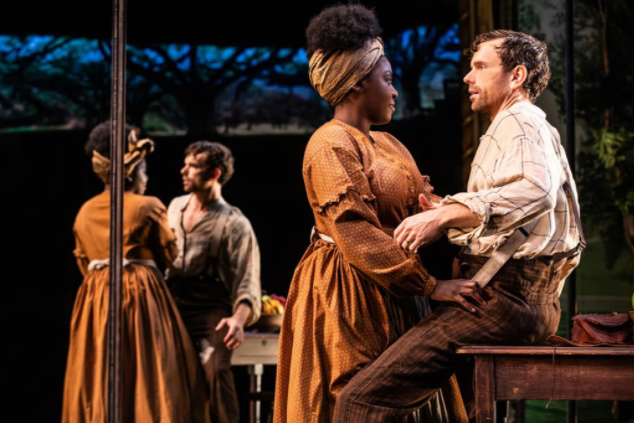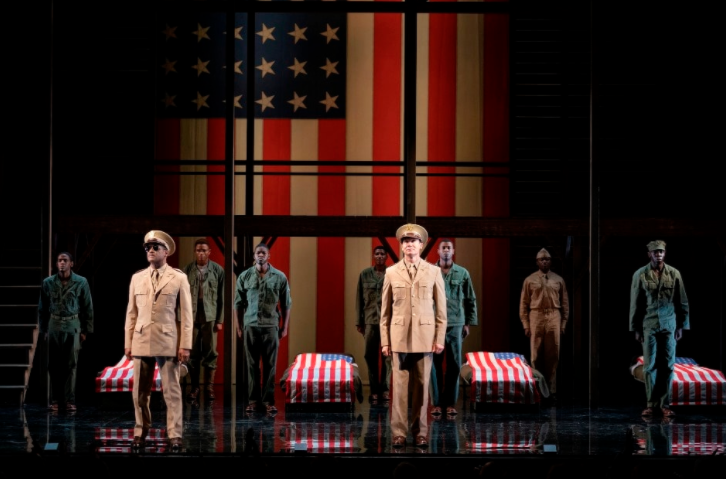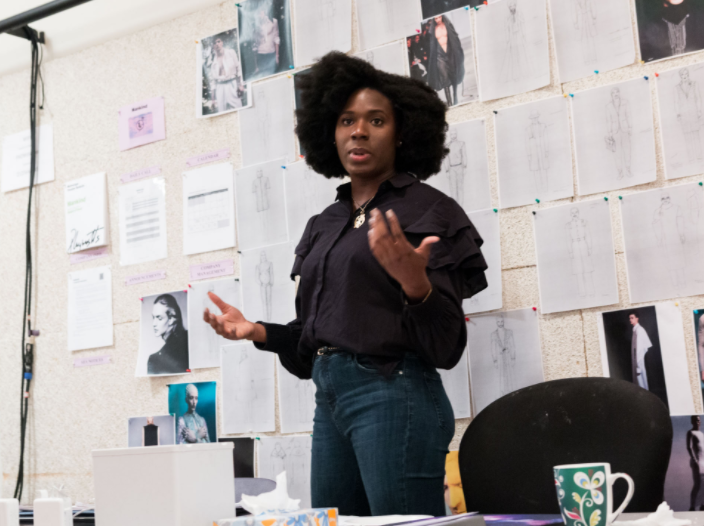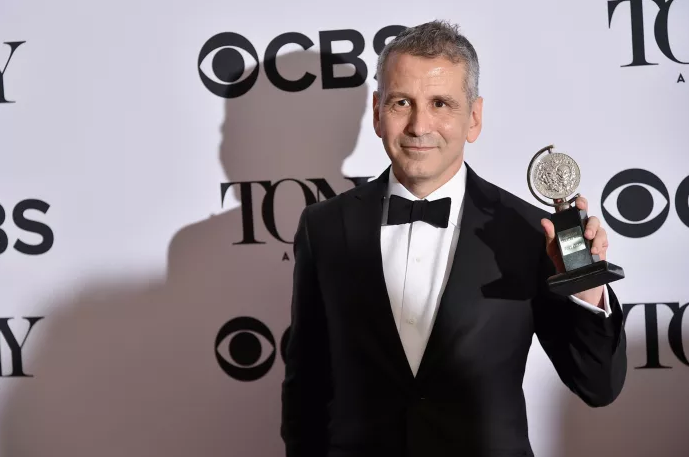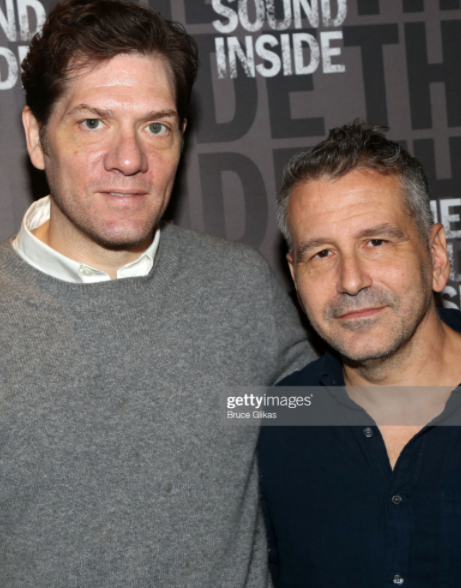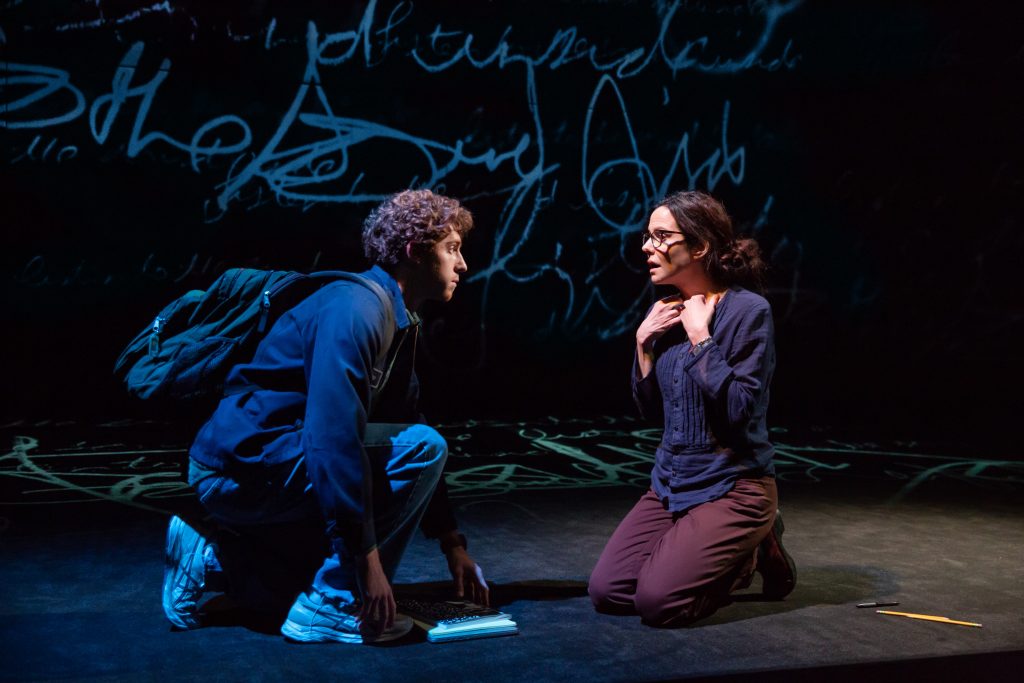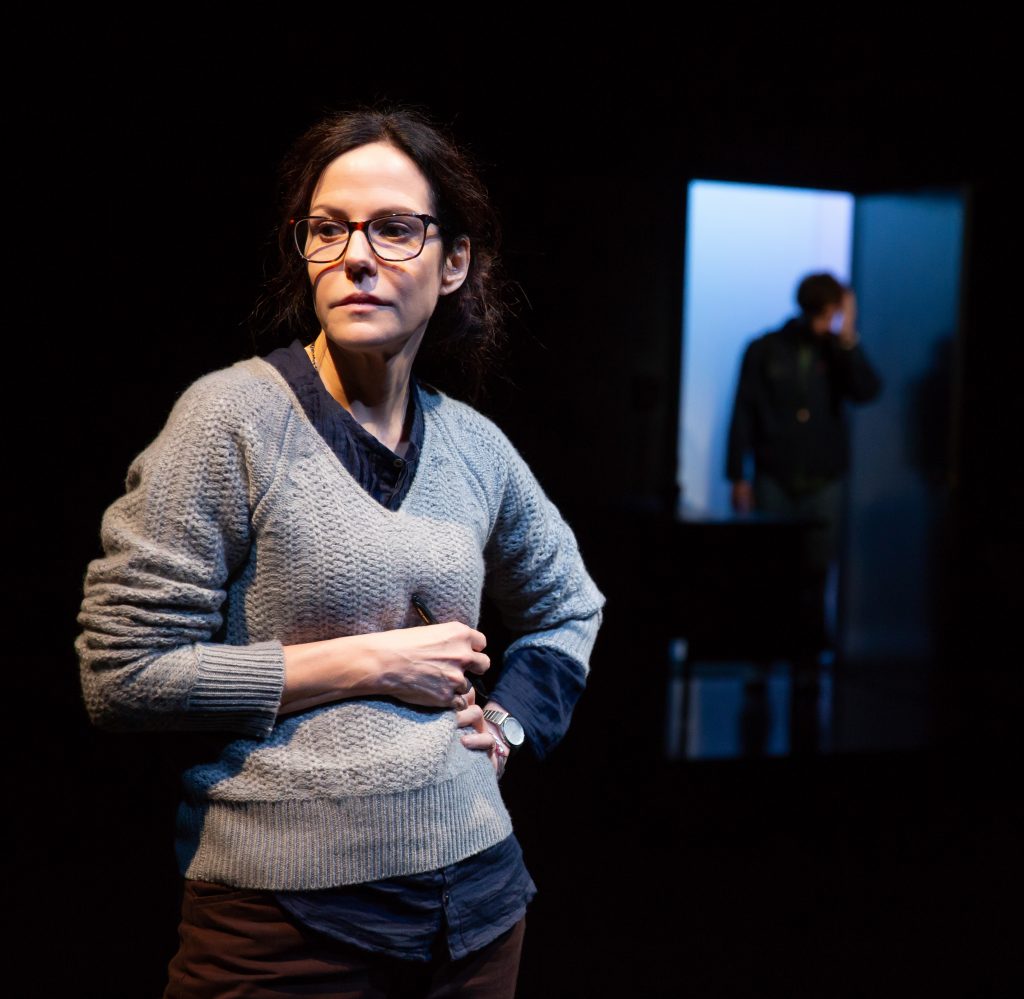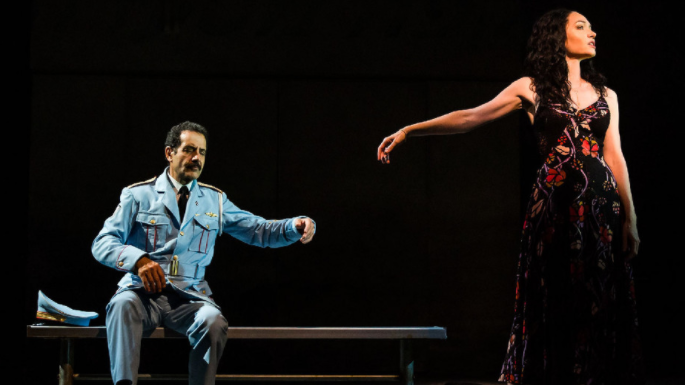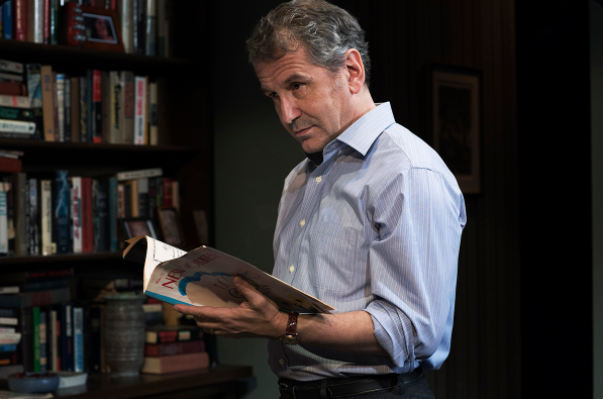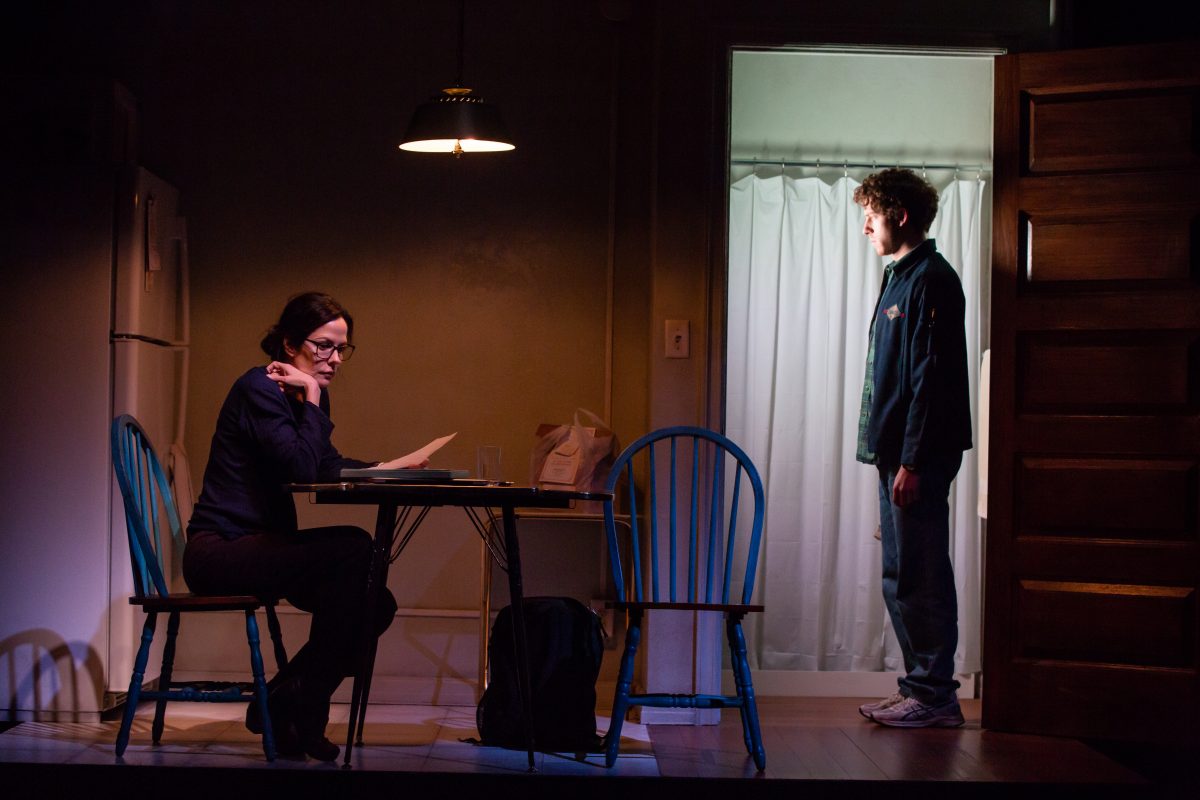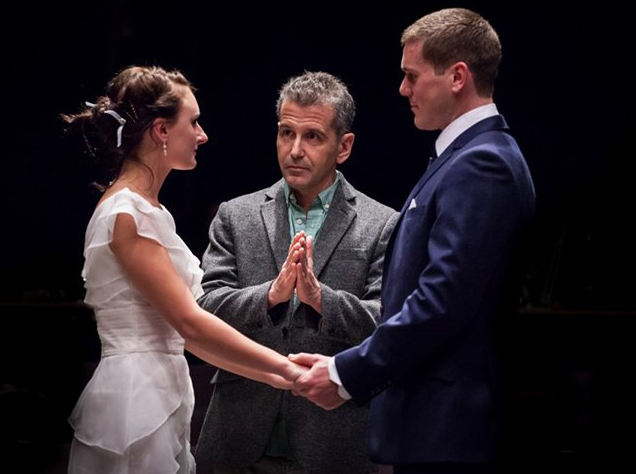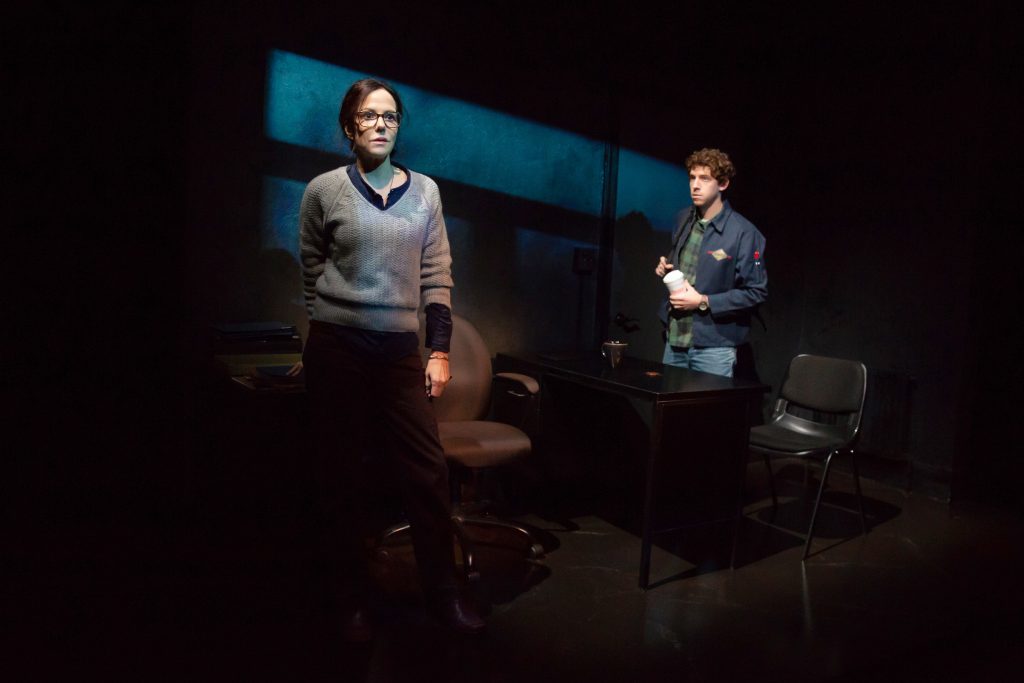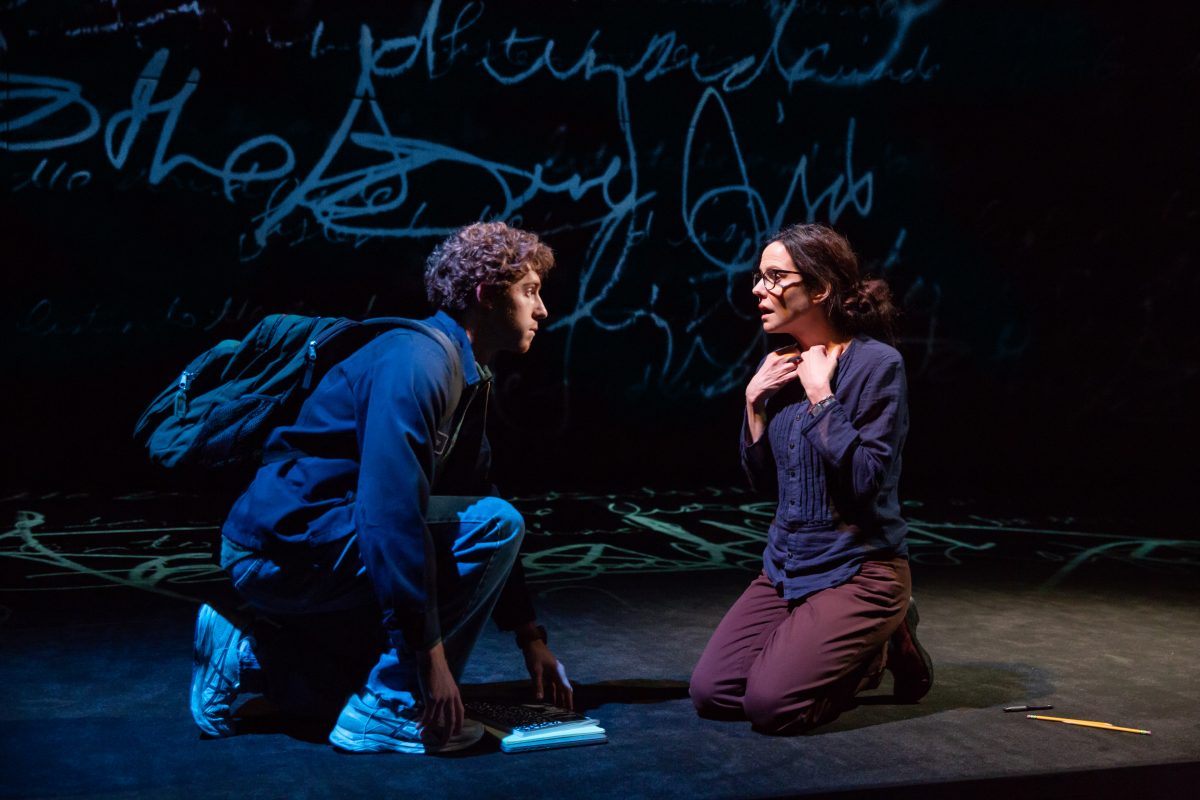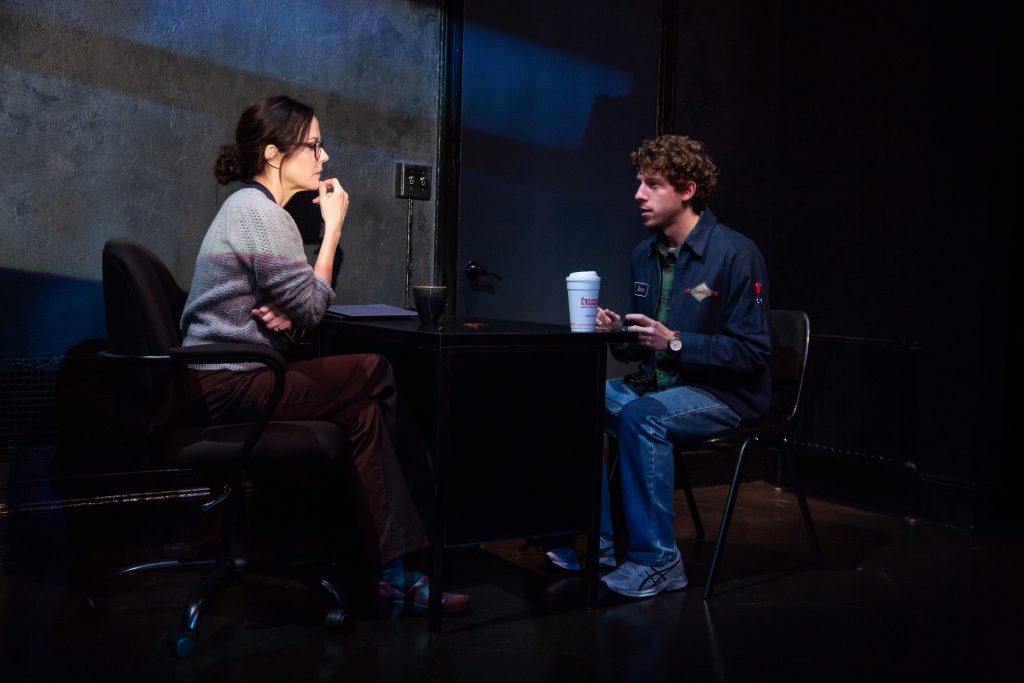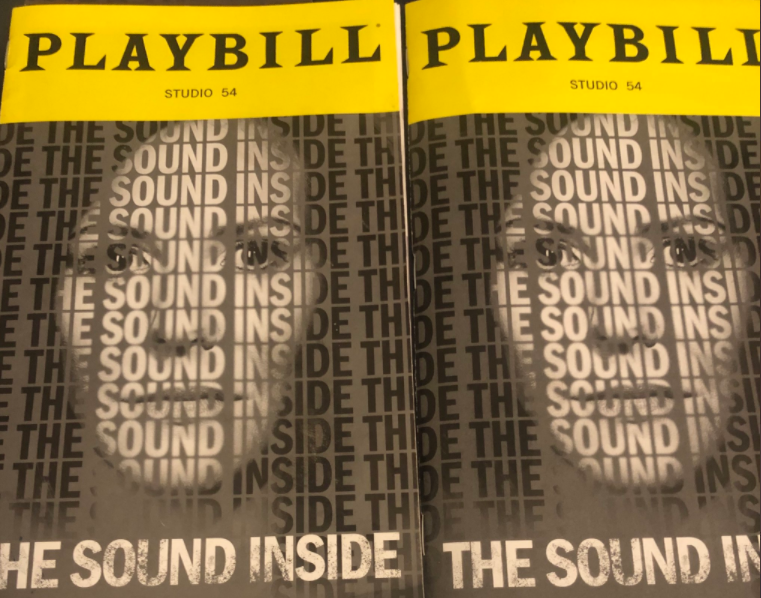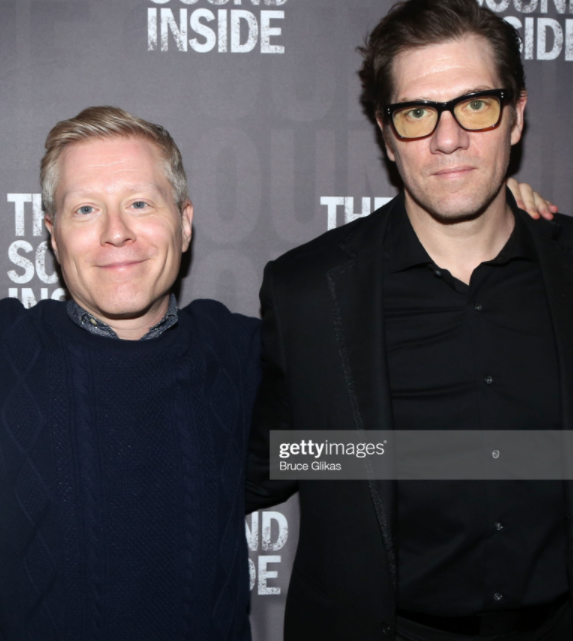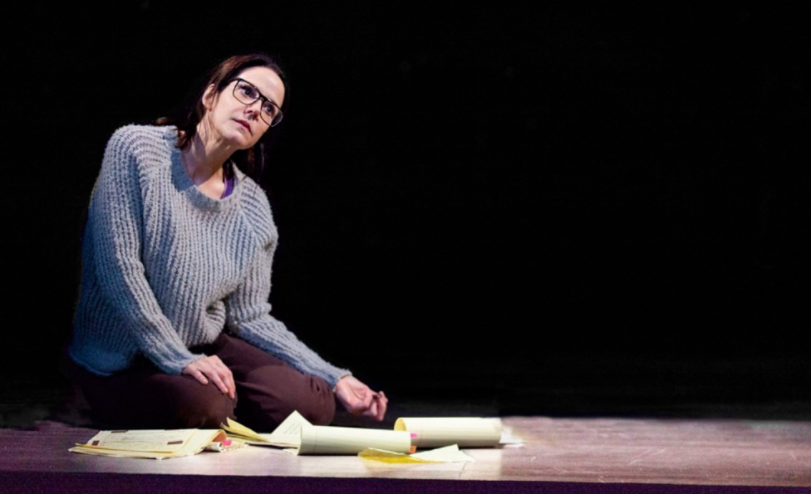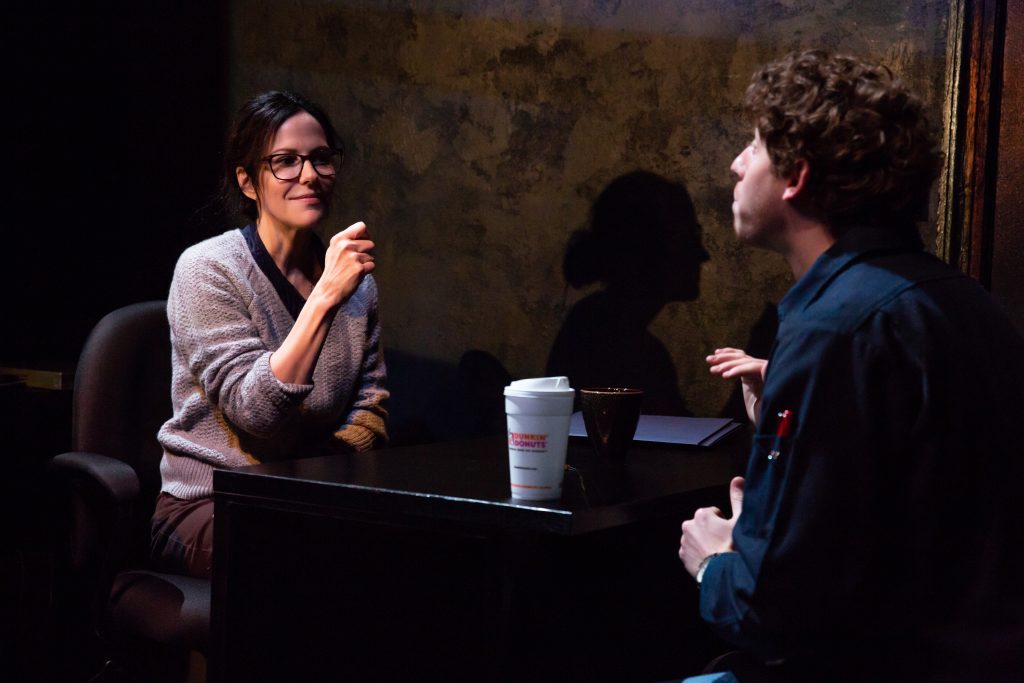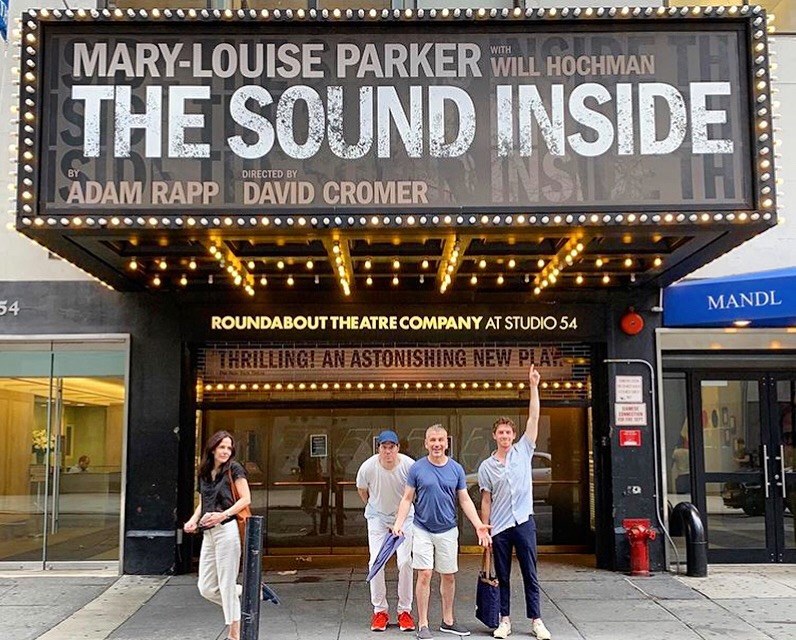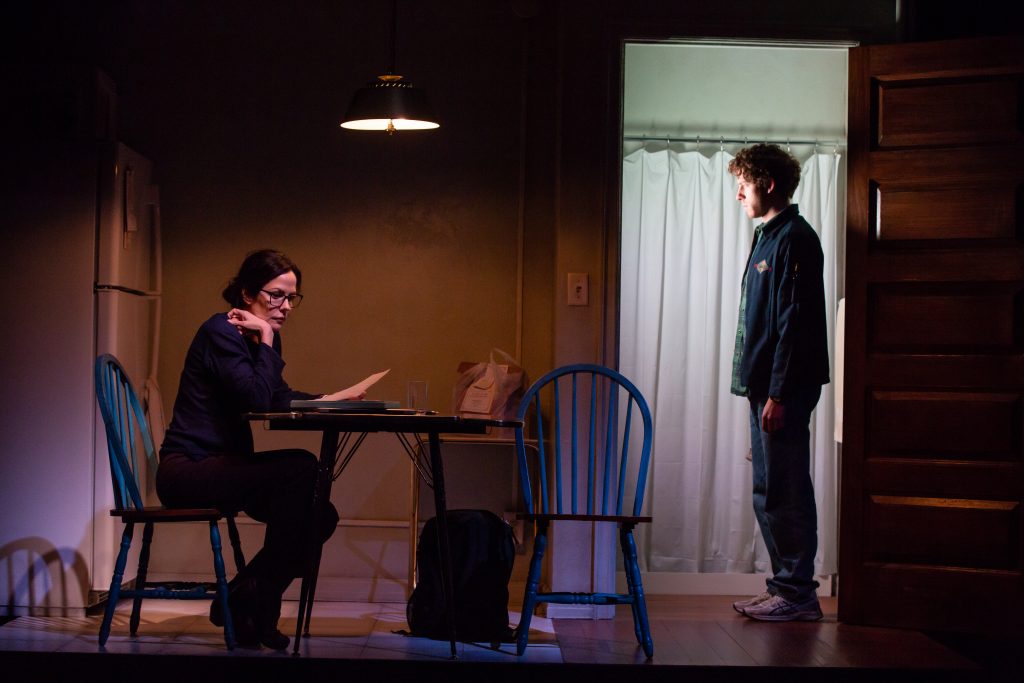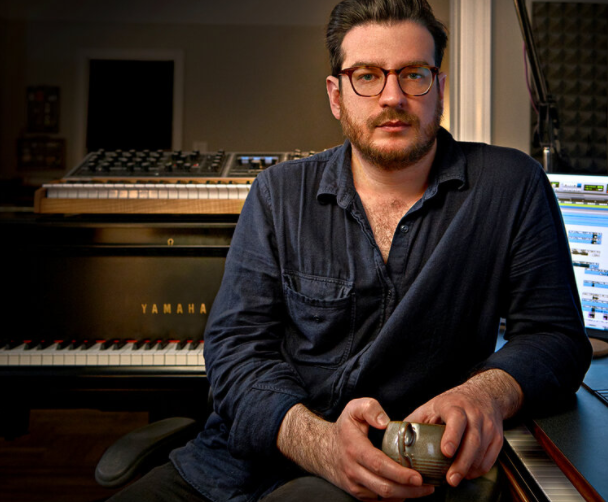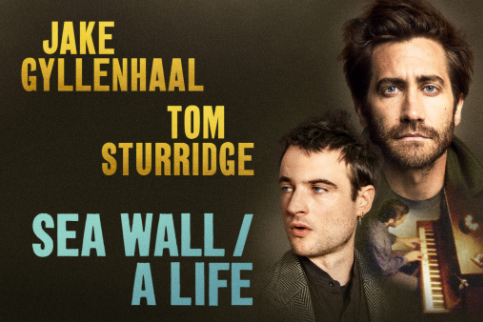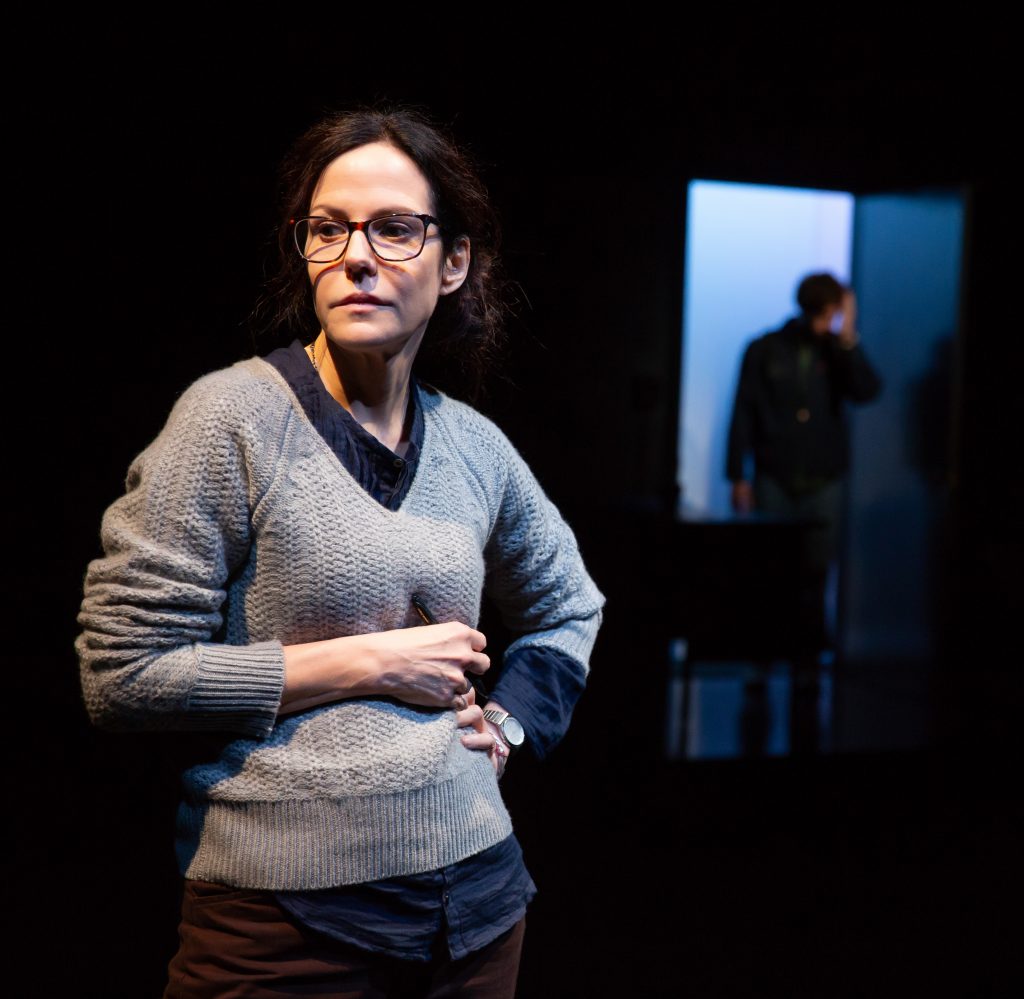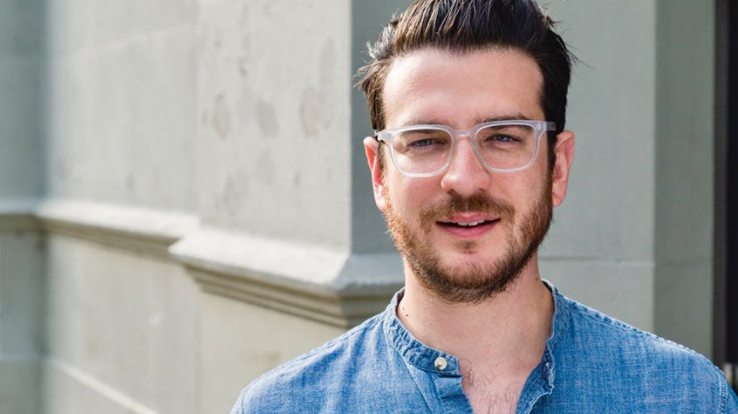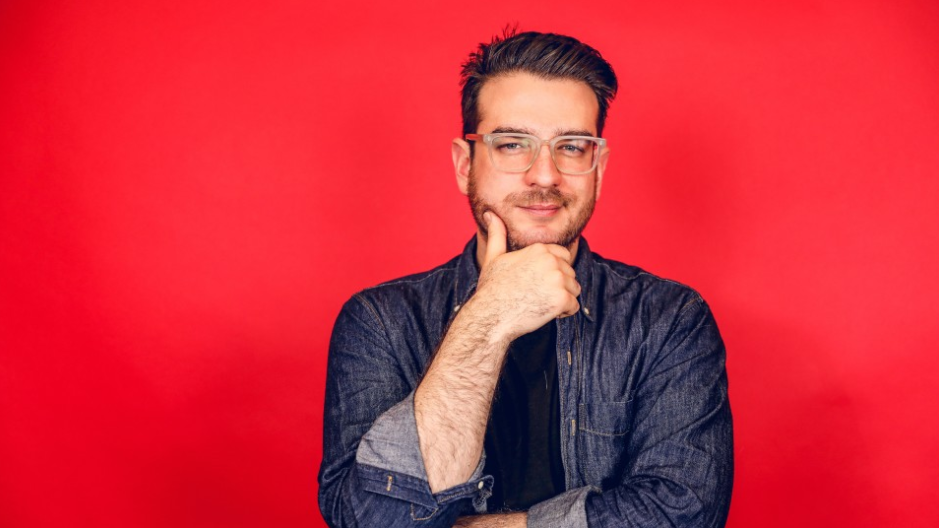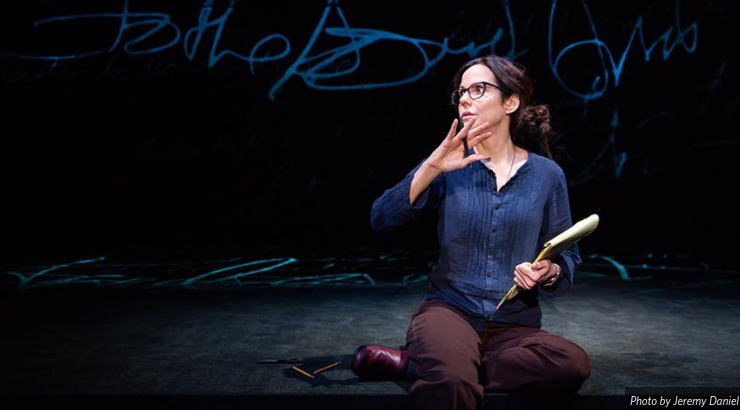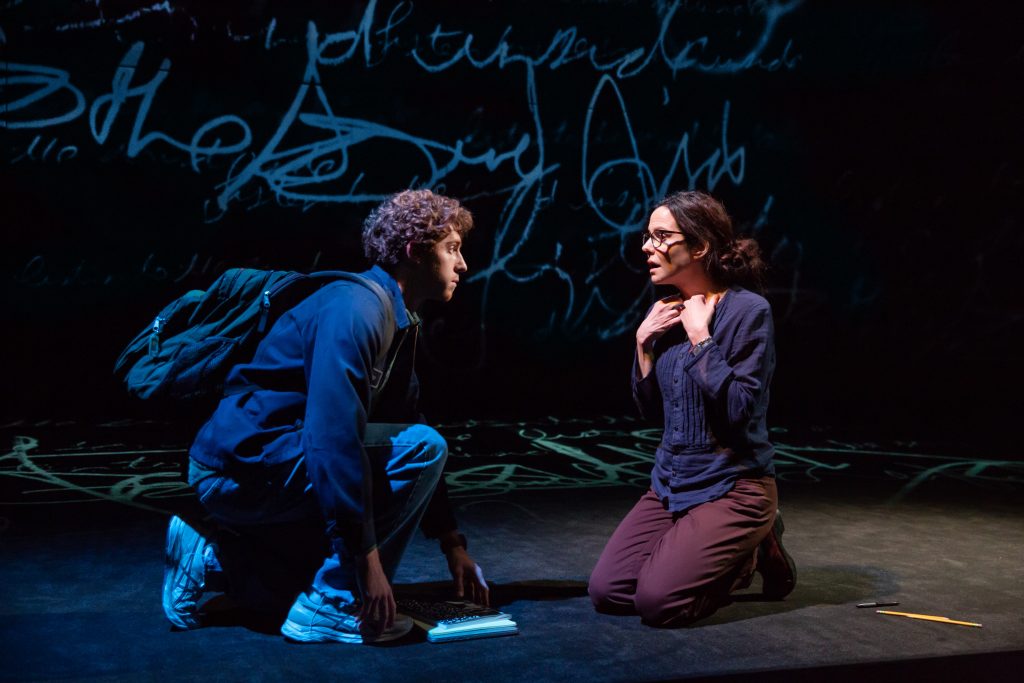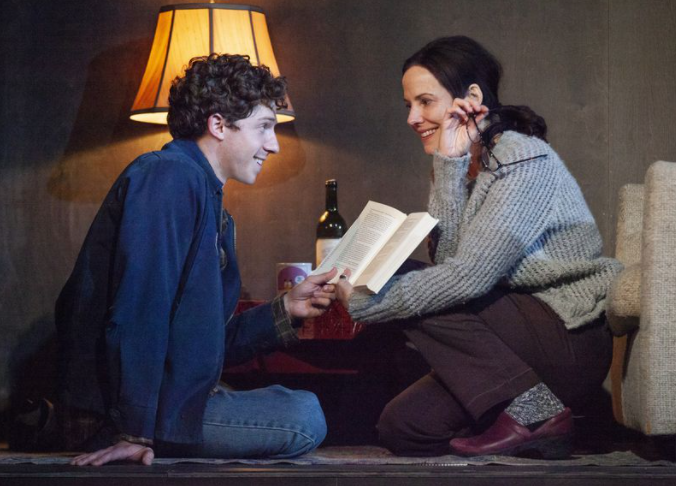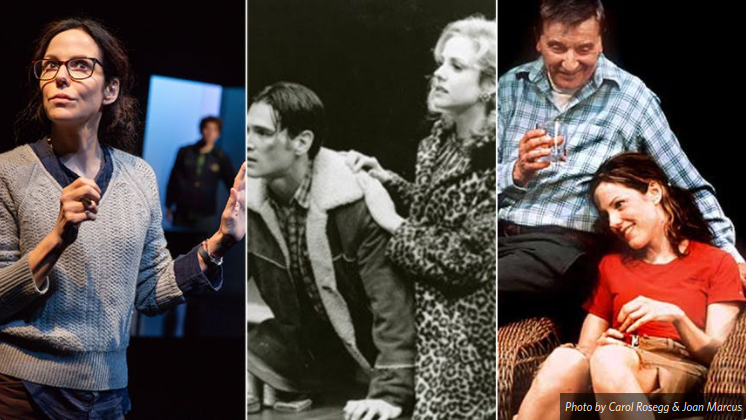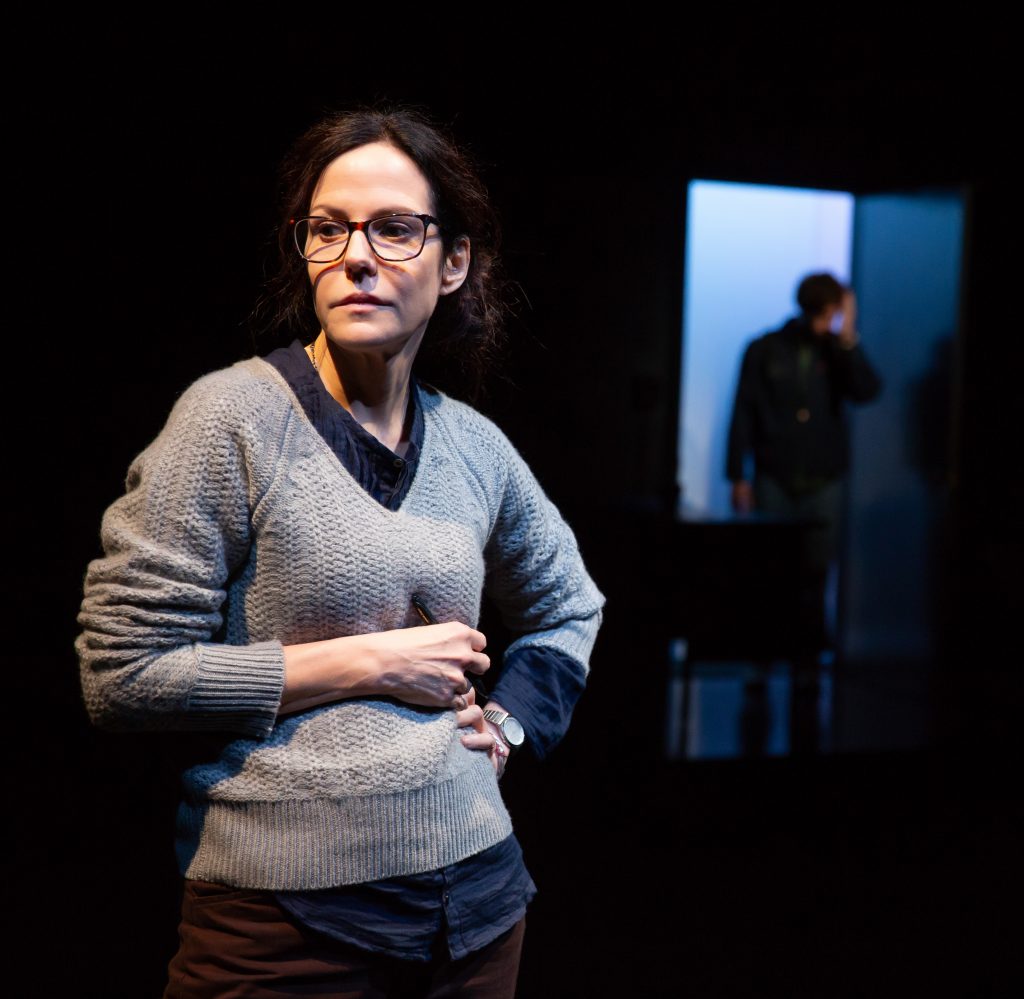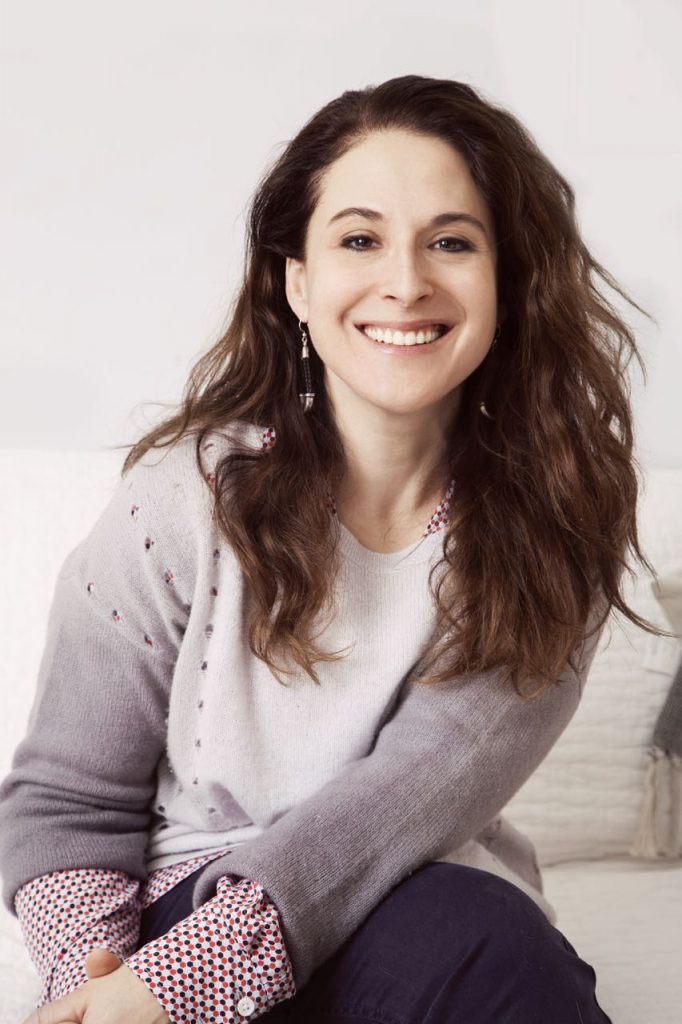
You are probably familiar with the name Sarna Lapine, you know, the director of “Sunday In The Park With George,” “Madame Butterfly,” “Little Women,” “War Horse” and “Dirty Dancing,” just to name a few. Well, Lapine has decided to turn her focus to a new production and is doing a livestream of Lillian Hellman’s, “Watch On The Rhine”, as part of the “Spotlight on Plays” series to benefit The Actors Fund, Thursday, May 13th at 8pm, livestreaming on Stellar. Yes, this Thursday, Lapine and a global cast will mount this production after only a three-day period of reflection and rehearsal and give a riveting performance of the classic antifascism, Nazi-Germany drama, set in a wealthy home in the United States.
Lapine, discussing this project, explained that “it’s the first thing I’ve done in this particular way, with the livestream.” The original Broadway production, which won a New York Drama Critics Circle Award in 1941, showed audiences 80 years ago, the depth of storytelling that Hellman was capable of. Reflecting on why she chose this play Lapine shared, “I think part of the reason I’ve had a diverse career is that my first love is reading and literature. I gravitate towards writers and stories that grab me by the throat. I had never seen or read this play and I was grabbed by it. It’s chilling because of how it resonates in this moment and time. One of the little handbooks I keep in my pocket is ‘On Tyranny Twenty lessons for the Twentieth Century’ by Timothy Snyder. I’m Jewish, so I have a close relationship to the history of WWII as a Jewish person. Because of my education in that, some of the things that Donald Trump and his party have stood for have frightened me, because there are echoes of Hitler and Nazism. Timothy Snyder’s book lays out lessons from history that can alert us to the rise of tyranny now. The last lesson is to be as courageous as you can. ‘If known of us is prepared to die for freedom, then all of us will die under tyranny,’ page 115. What was also a discovery in thinking about this book in relationship to this play is he echoes Hamlet, ‘the time is out of joint’. In Lillian’s play, Kurt (the main character) says, ‘the world is out of shape.’ Hellman was living this history, traveling the world, she had a front row seat to see fascism. I was struck by the fact that it opened on stage in 1941. She’s writing in the crucible of this moment and watching how it’s taking shape in the minds and hearts of ordinary citizens. It’s not a piece about heroes and villains, it’s about ordinary citizens in Europe and American and the decisions we make every single day that tip the hand of history…The piece gets to the heart of the moral, ethical and modern realities of what happens to citizens who are faced with the threat of tyranny. 80 years later it’s a continuum.”
The message of this play could not possibly resonate more than it does today. “At it’s core it’s a conversation. In this country, whether or not we stand and choice democracy, this is a conversation that I want to be in, even with people who don’t see the world the way I do.”
Staying true to the original 1940s based play, without the benefit of sets, costumes and a physical theatre, Lapine focused on the bottomline, “Plays are language based. The language of the play is routed in the period in which it was written. One esthetic choice I made was editing all the footage in Black and White, which gives a nod to the 1940s period in which the film was made. There are very few stage directions presented as title cards.
Pondering the challenges of doing a livestream, Lapine remarked, “The challenge is the lack of physical interpersonal connection. The energy that comes from being in a room with an amazing group of artists. Time is out of joint when we can’t live through that moment together and have the luxury of time to do a deep dive into the material.” Considering audiences consumption of the production, Lapine suggests watching with friends, so that you can discuss it afterwards.
Lapine will be directing an outstanding cast including Ellen Burstyn; Alan Cox; Sasha Diamond; Alfred Enoch; Carla Gugino; Luca Padovan; Mary Beth Peil; Gabriella Pizzolo; Neel Sethi and Jeremy Shamos. “This pandemic has been so devastating to our theater community. I almost have no words and still feel very much in that space. It’s a lot that has been lost and I think to make any contribution to this community is the least I can do. I want to work towards not only healing, but reimagining how we can rebuild ourselves in a healthier form, more sustainable and reflective of the world so many of us want to live in.”
Spotlight on Plays is presented by Broadway’s Best Shows. You can purchase individual tickets to Watch on the Rhine (May 13-17) at Stellar Tickets. All proceeds go to benefit The Actors Fund.
Linda Armstrong is a theatre critic with the New York Amsterdam News, Theatre Editor for Neworldreview.net, A&E Editor for Harlem News Group and has written for Playbill Online, had a Theatre column “On The Aisle” for Our Time Press, Network Journal Magazine, Show Business Weekly Newspaper, Headline Magazine, Theatre Week Magazine, Black Masks Magazine, and the New York Daily News. Lincoln Center Performing Arts Library interviewed her for their “Critical Perspectives” series, and she was cited on the Jeanne Parnell Radio Show in March 2021 as a Woman Making History.

